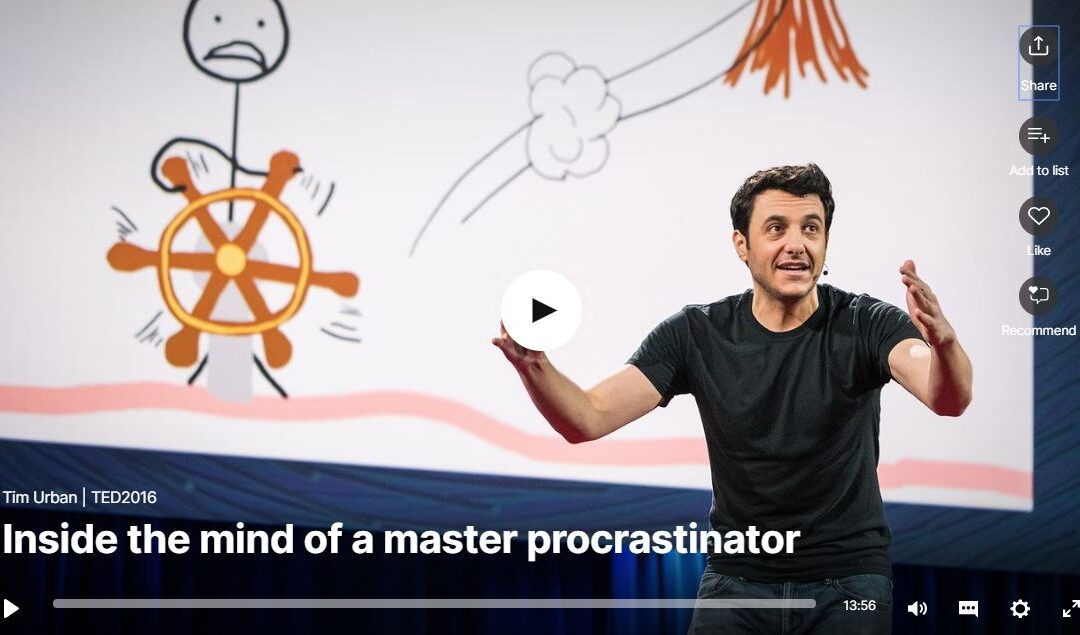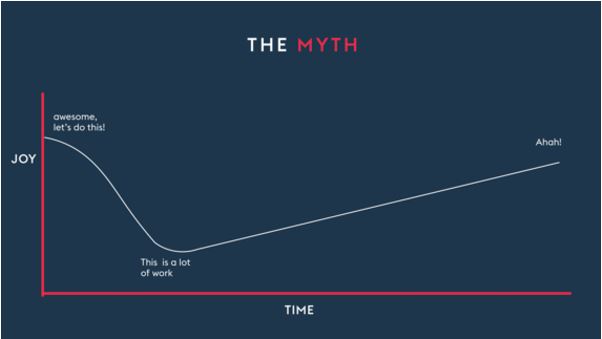
Even if you can only draw stick people…
Even if you can only draw stick people…
During the holidays, I finally had time to read some “long form” blog posts of more than three sentences…
In my “to read” archive, I found this fully entertaining example of how to use simple illustrations — primarily stick people and timelines — to help tell a story. A TED Talk, plus a blog post about the excruciating process of creating a TED Talk if one happens to be a procrastinator.
Thank you to Tim Urban of Wait But Why for the intelligent, light-hearted inspiration.




